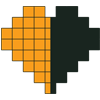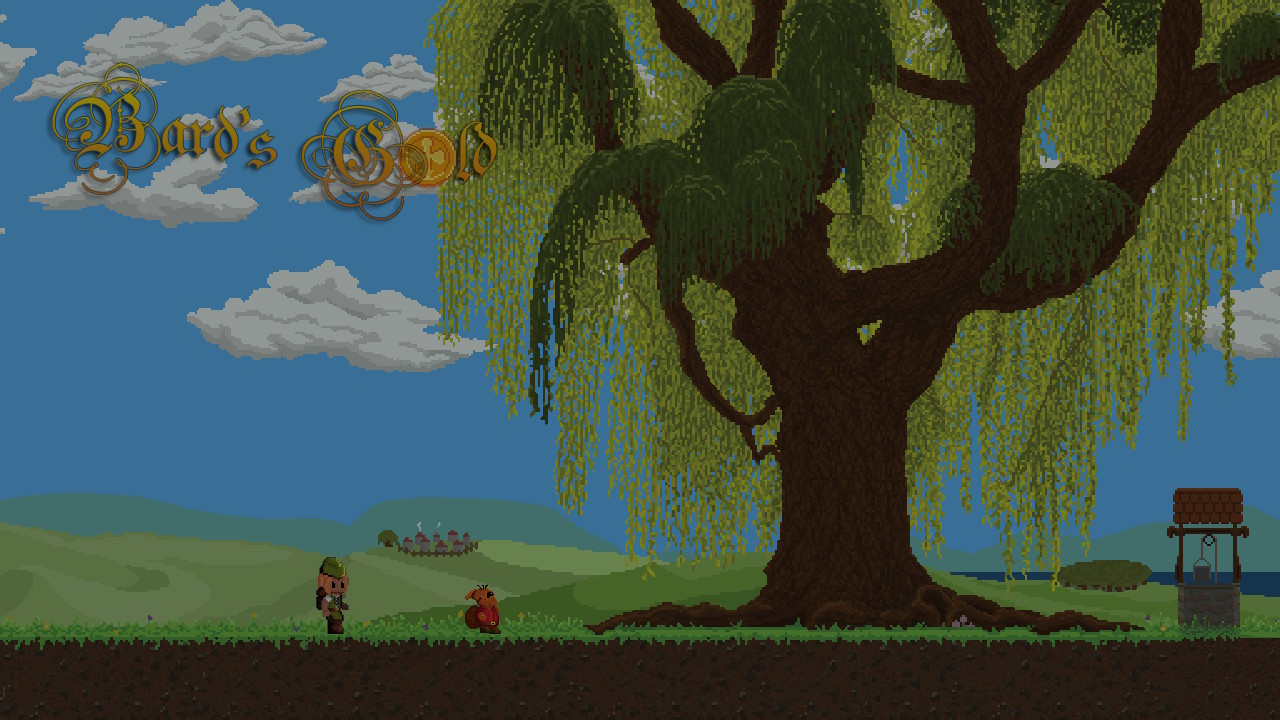[Review] Bard’s Gold – Nintendo Switch
Bard’s Gold
Nintendo Switch
Developed By: Pixel
Lantern
Published By: Pixel Lantern
Category: Platformer, Arcade,
Role-Playing, Action
Release Date: 03.05.19
Another day, another Switch port of a blockbuster indie title. Today’s entry is Bard’s Gold from Pixel Lantern, a retro-styled, roguelite, dungeon-crawling platformer. It’s a perfect blend of smooth gameplay, semi-randomized levels, and loot gathering, with a beautiful pixel art aesthetic as the bow on top of the very pretty package. I can save you some time and just tell you to get it right now, but if you absolutely must know more, let’s get this review started.
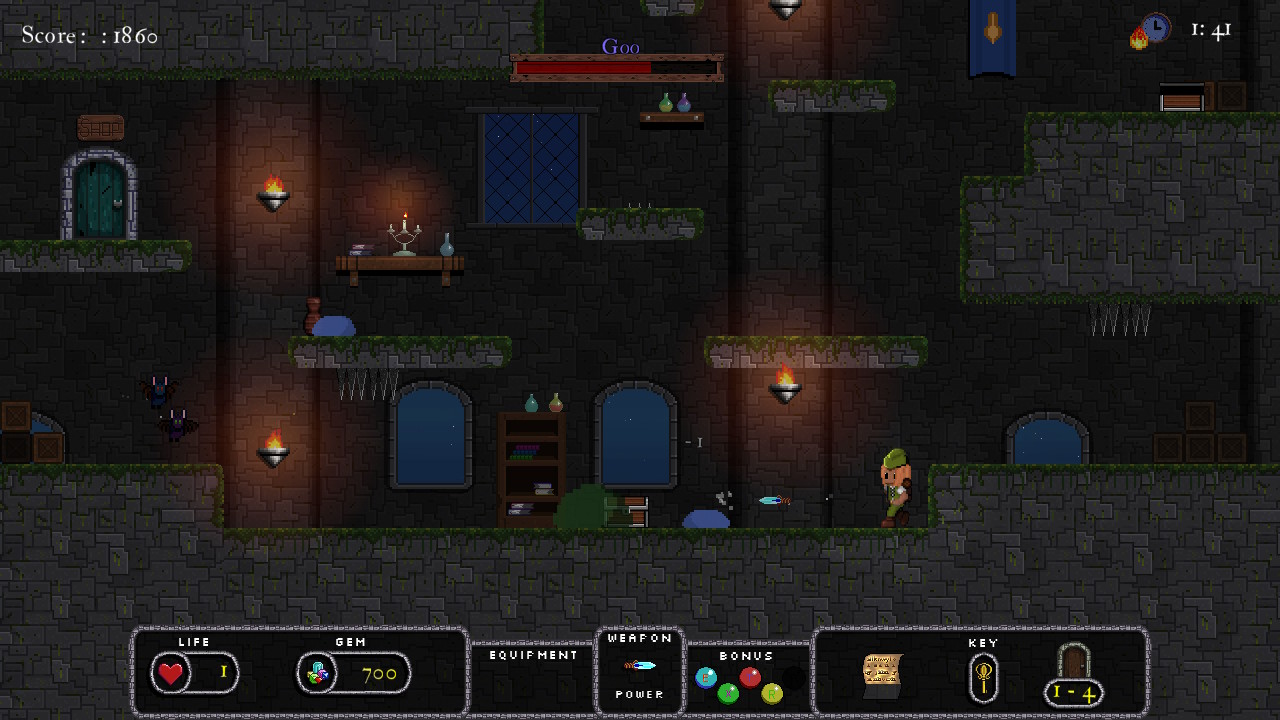
This Bard Has No Tale
I’m a big believer in the narrative power of gaming. Pixel Lantern may be, too, but they don’t show it in Bard’s Gold. Seemingly the whole of the story is told on the title screen; the Bard chases a gnome or something with a bunch of treasure down a well and falls into a dungeon. Then he starts killing all the monsters in the dungeon and takes their stuff. While I would have preferred even the most barebones of story to accompany the game, I really didn’t mind the lack of a storyline as I progressed through the game. The gameplay is good enough that a narrative isn’t really necessary. Speaking of…
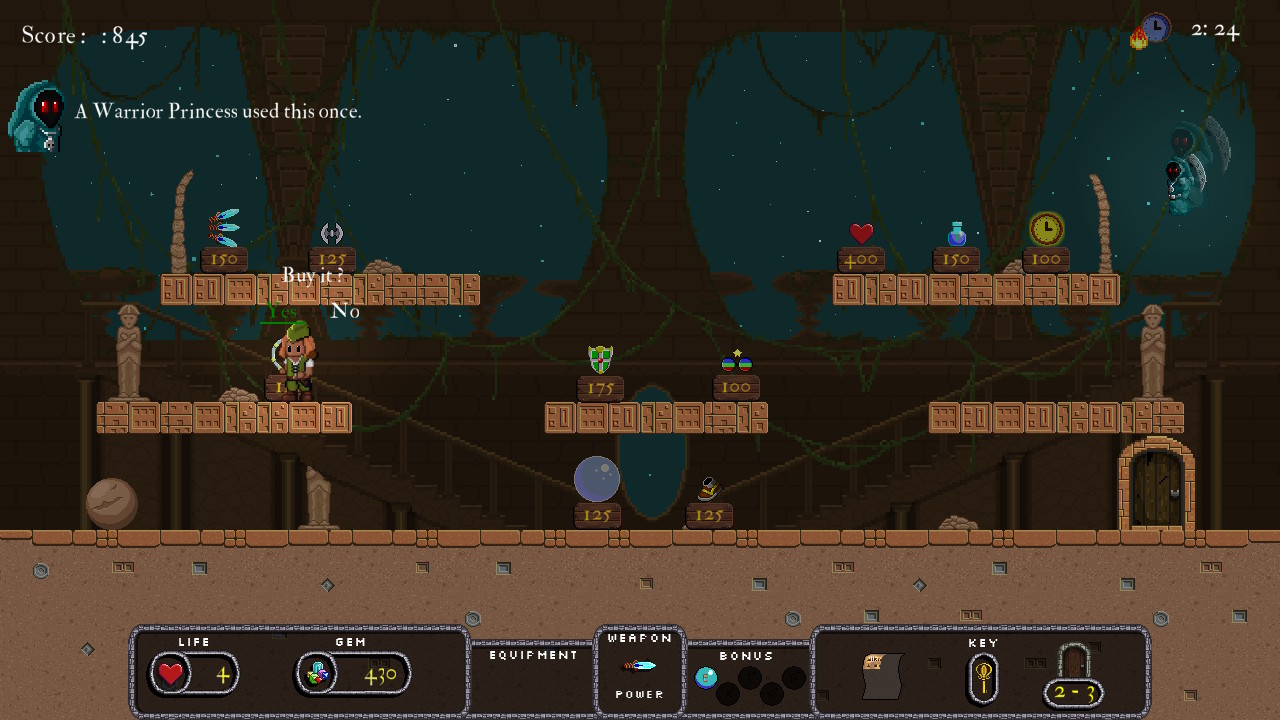
Might as Well Jump
Bard’s Gold is a platformer; we all know what that means. You jump around the level from platform to platform to get to your goal. The game switches things up a little by locking the door to the level’s exit and placing the key somewhere else; usually behind a trap or monster. Every level is rigged with traps, from hidden spikes that pop up to dart gun traps that shoot deadly darts at you. There are also non-hidden obstacles, like spikes and monsters. Levels have a timer, and once the timer runs out fireballs rain from the sky. You have an unlimited amount of throwing daggers which you use to kill the monsters, but touching literally any obstacle will cost you a life and send you back to the level’s entrance. Run out of lives, and it’s game over. Simple enough, right?
More importantly, the gameplay is well-designed and a heck of a lot of fun. The controls are intuitive and responsive, so when you die (and you will) you’ll know it’s because you made a mistake rather than because the game didn’t react to you fast enough. The levels are not randomly generated, but they are randomly selected. There are over 100 different level layouts, but a run through one of the game’s four worlds will only see you have to beat six of them. The boss levels at the end of each world are the same all the time. So it’s not quite a roguelike, but there is a random element to the levels which helps to make every run through the game feel fresh.
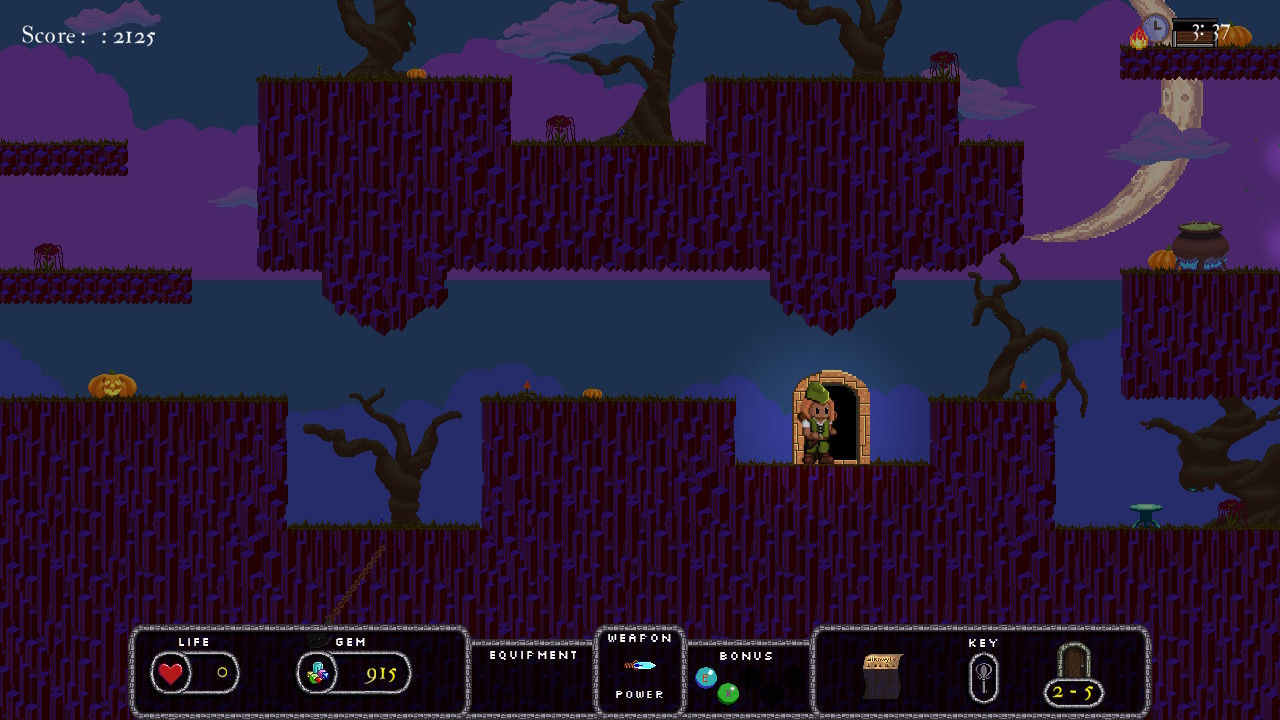
Gold is for Spending
When you kill monsters, destroy pots, or open treasure chests, they will usually drop some gems. Gems are used to buy things, which… you know, that’s just how money works. Every few levels, there will be a blue door that leads to a shop. You can buy a lot of different upgrades in the shop, ranging from new weapons and upgrades for your weapon, to shoes that increase your speed, to a shield that will prevent you from losing all of your other items when you die. Personally, I always went for the chakram and shield as my loadout essentials, then I picked up the magic glasses and finally the shoes. Once I had all of those, I just bought extra lives.
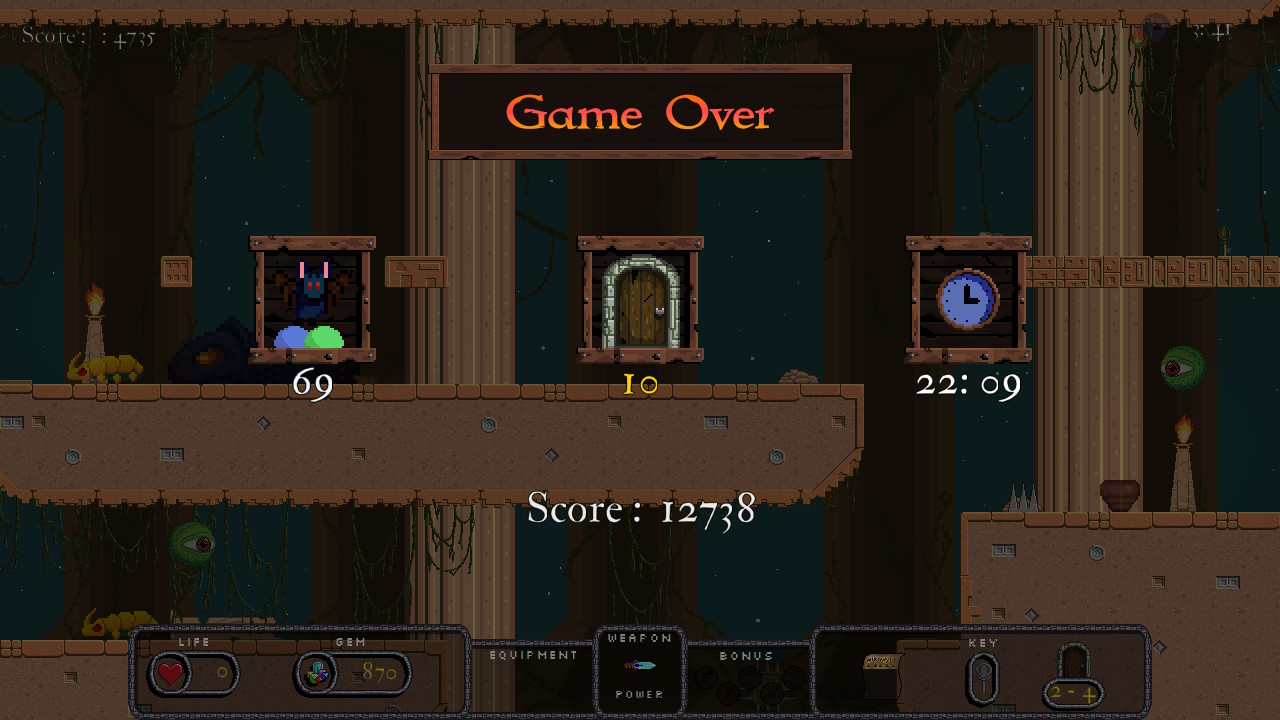
Hidden Gems… And Scrolls, And Levels
Every level has a number of hidden items scattered throughout. If you have the magic glasses in your inventory, then each of these hidden items will sparkle, making them way easier to find. Most sparkly items turn out to be valuable gems, but one hidden item every level is part of a map. When you collect six map fragments, a door to a secret treasure room will appear and grant you access to a boatload of money and, if you’re lucky, unlock a new skill book (more on that in a sec). Additionally, collecting every hidden item will sometimes produce another sparkly spot which grants access to a different secret level than the one the map brings you to. Sometimes at the beginning of the level the bard will say he senses a great evil or something, which lets you know that if you collect all the sparkly items you may unleash an evil specter that will hunt you across the screen until you go through the exit door.
Your Skills Will Go On
You don’t get to take any of your gems with you after a game over; whatever you don’t spend in the store just disappears… unless, that is, you spend it on the skill books you acquire during the game! Skill books permanently increase things like the range of your weapon or the number of lives you start out with. The game lets you know up front that you should spend all your money in the skill store because otherwise that money just disappears, which is nice. I would have tried to see if I could carry some money over otherwise, so it was cool of the game to something to prevent that little bit of disappointment.
Make New Graphics But Respect the Old, One is Silver and the Other is Bard’s Gold
The record will show that I am a total sucker for retro-styled pixel art graphics, and Bard’s Gold is a great example of why. From the second I turned the game on, the absolutely gorgeous willow tree on the title screen blew me away with the level of texture and detail it managed to wring out of something as simple as a bunch of pixels. The dungeons are similarly detailed and attractive; the weakest part of the game are the character sprites, which still look great. They aren’t as detailed as the backgrounds, though. The music is a good mix of old-school chiptune mixed with a medieval sort of sound. The music is quiet and thoughtful, which generally, in theory, doesn’t work for an action game. However, in Bard’s Gold the soundtrack actually reframes the game’s action so much that it almost feels more like a puzzle game, which is a pretty cool effect and not that far off from reality.
Playability
Bard’s Gold does not use the Switch’s touch or motion controls, so you can play it docked or undocked as you prefer. I couldn’t really see any difference in the quality of the graphics on my TV vs the Switch’s handheld screen, so I don’t have any recommendation to make there, either. The important thing to get across is that this is a fun game to play, so just do that.
TL;DR: Fun, great-looking action platformer.




